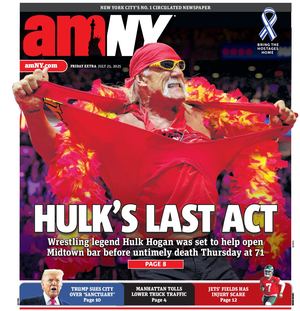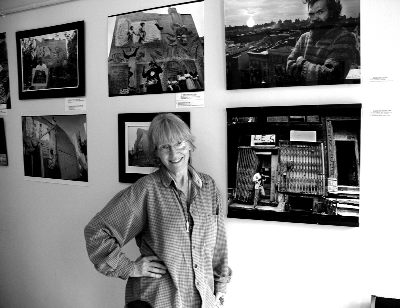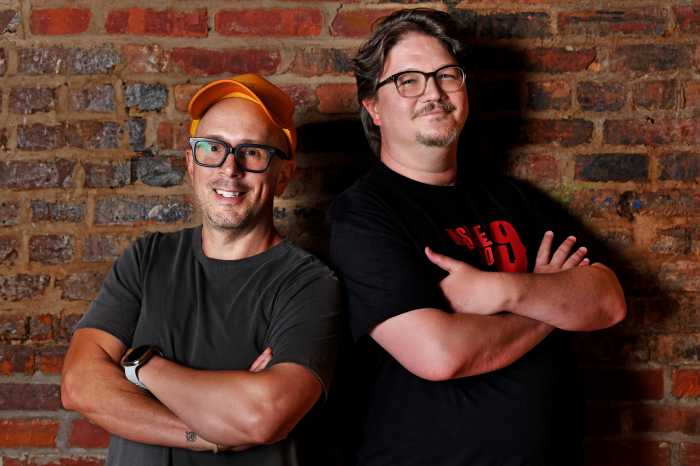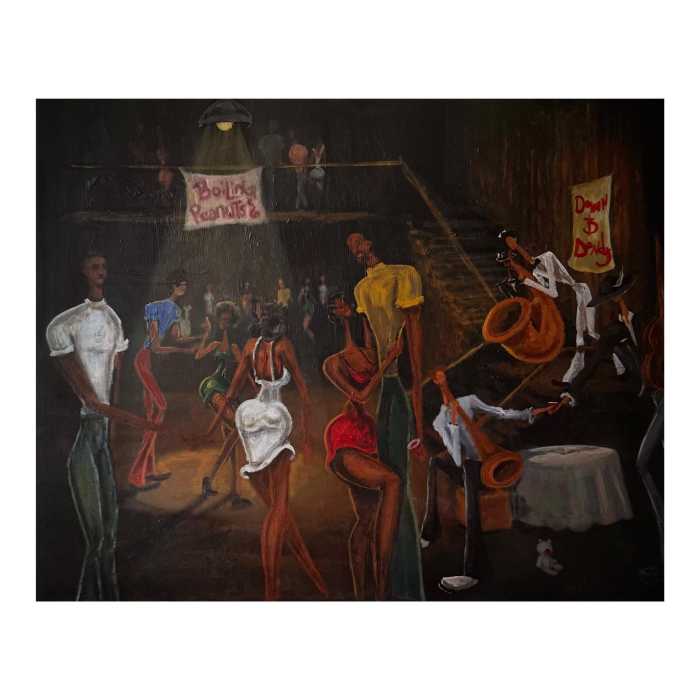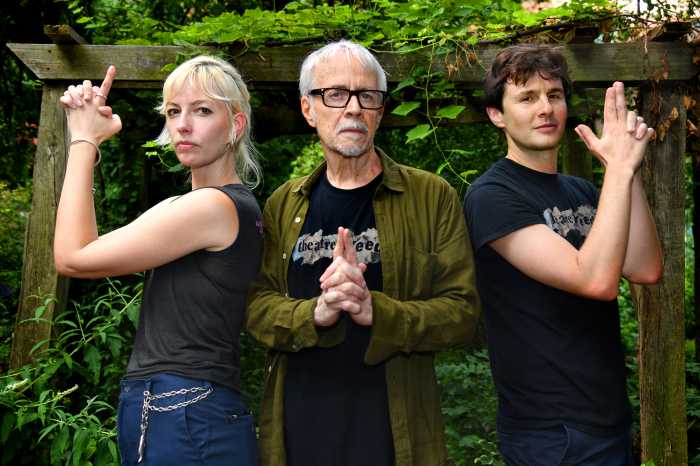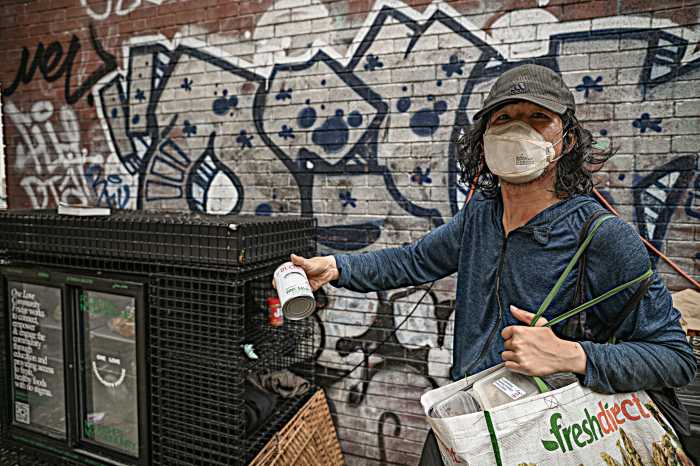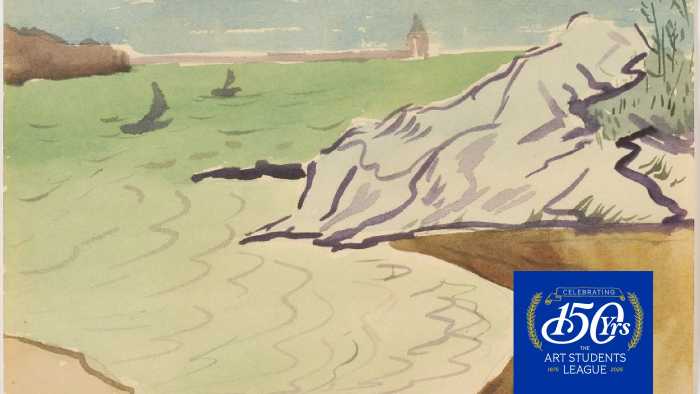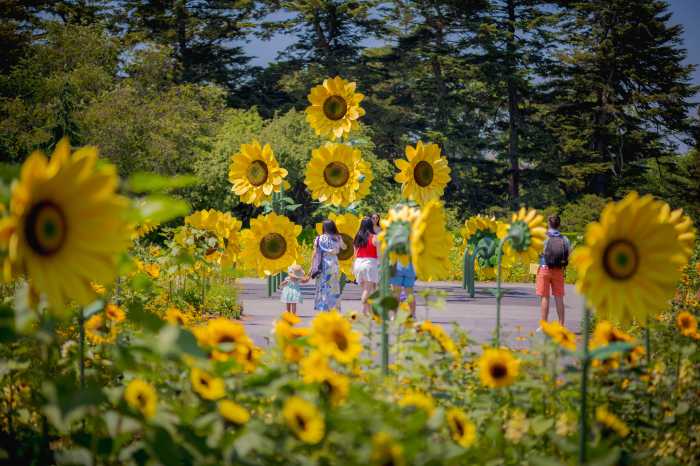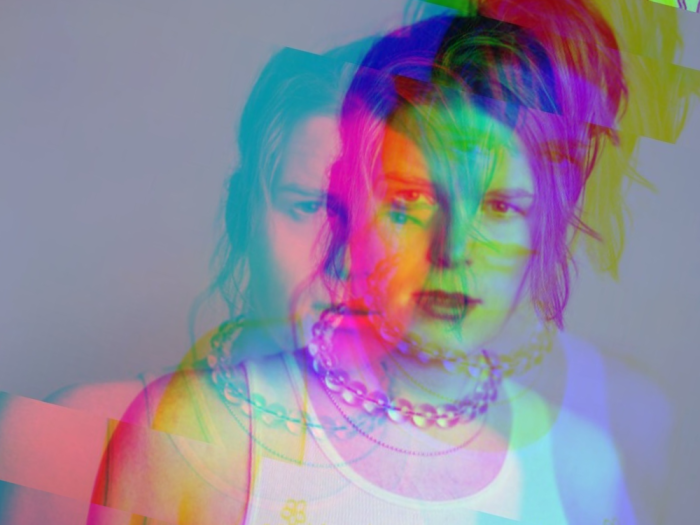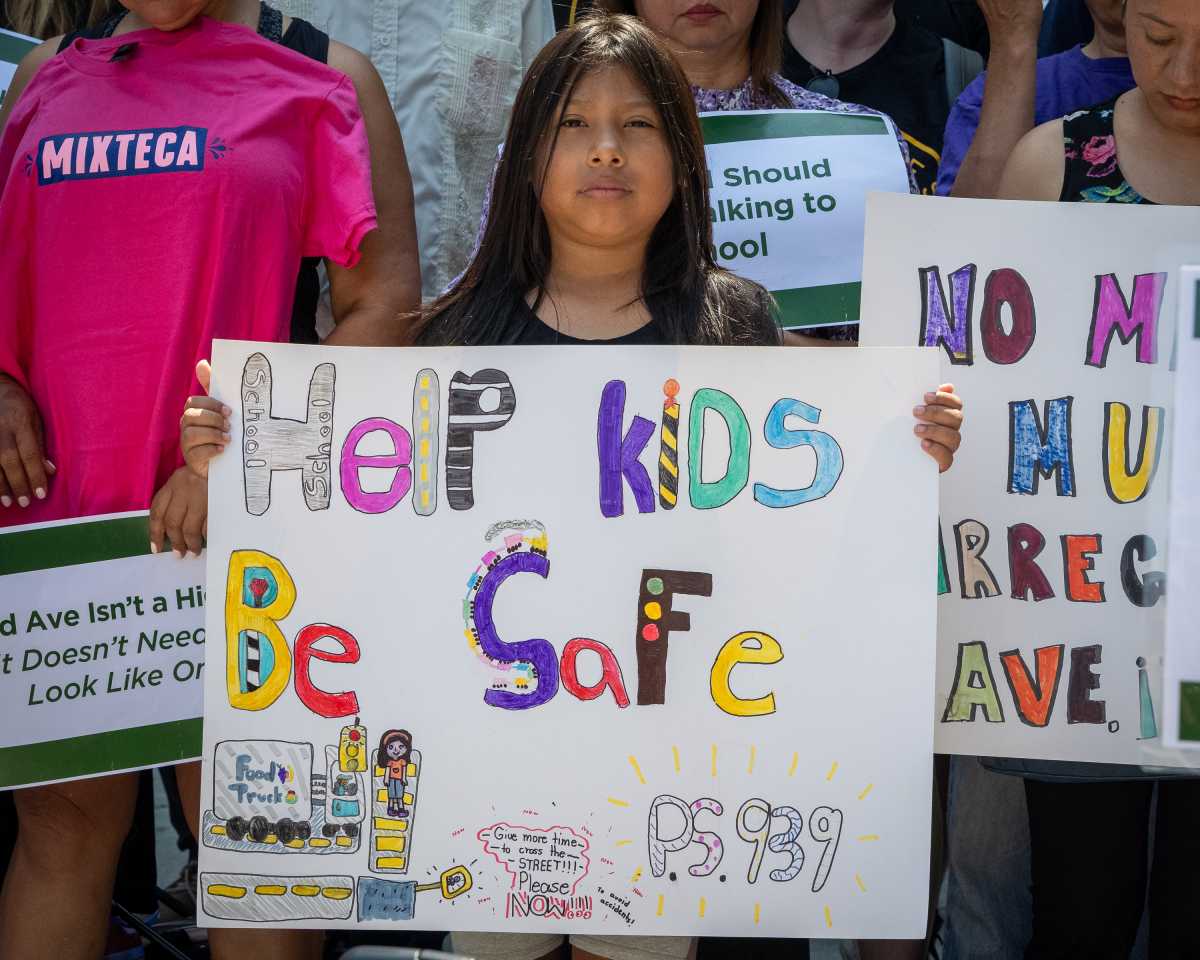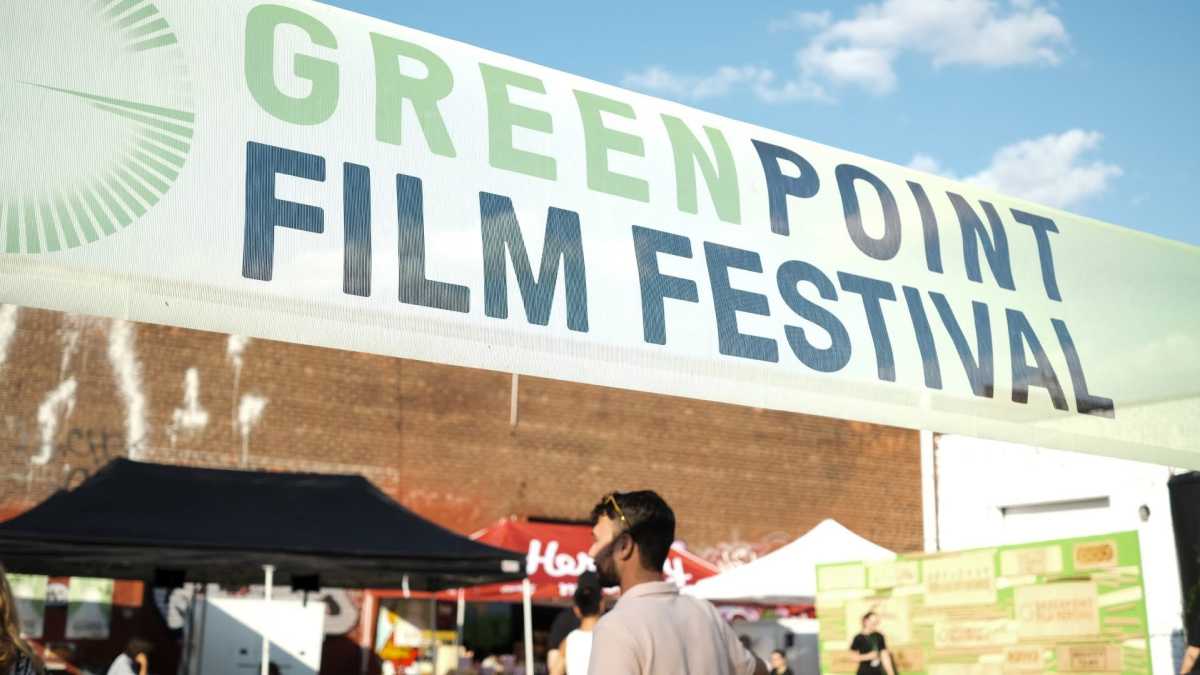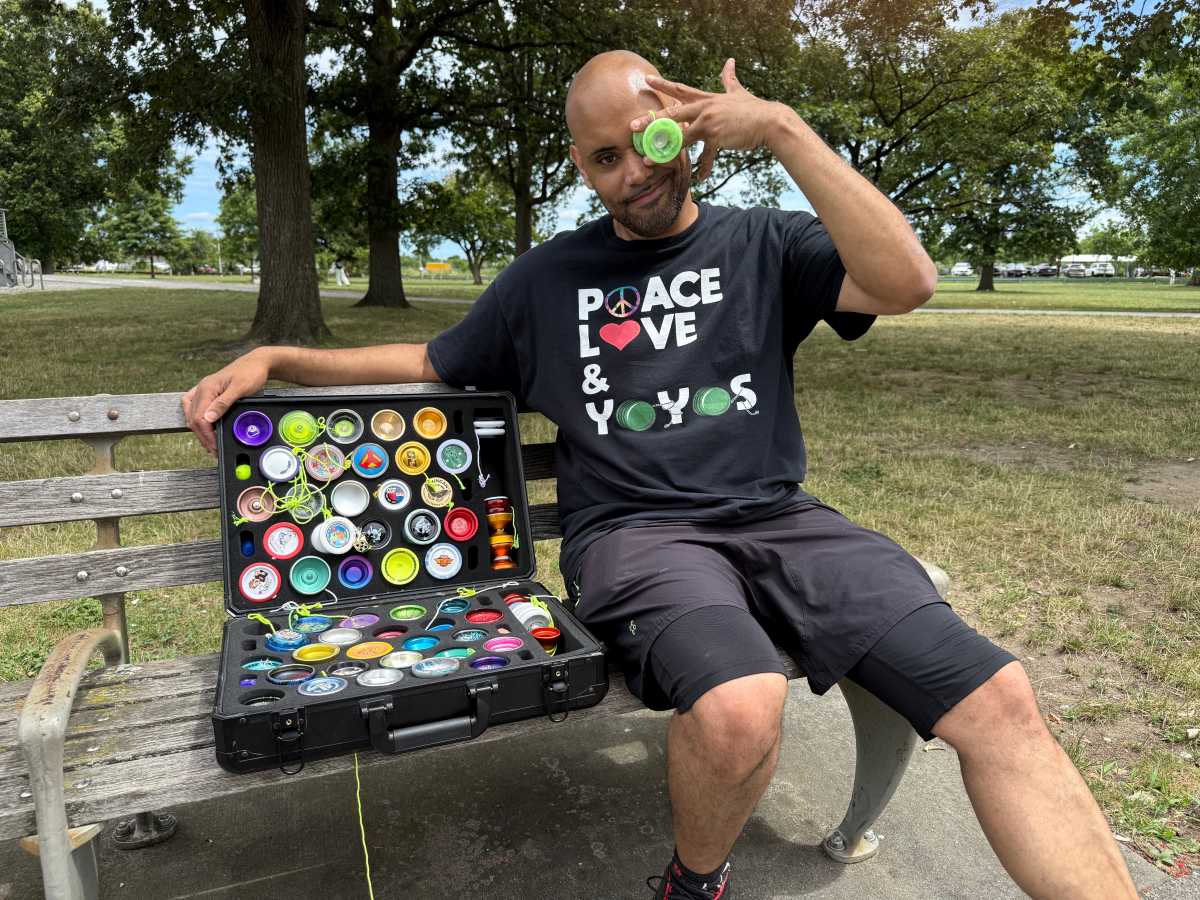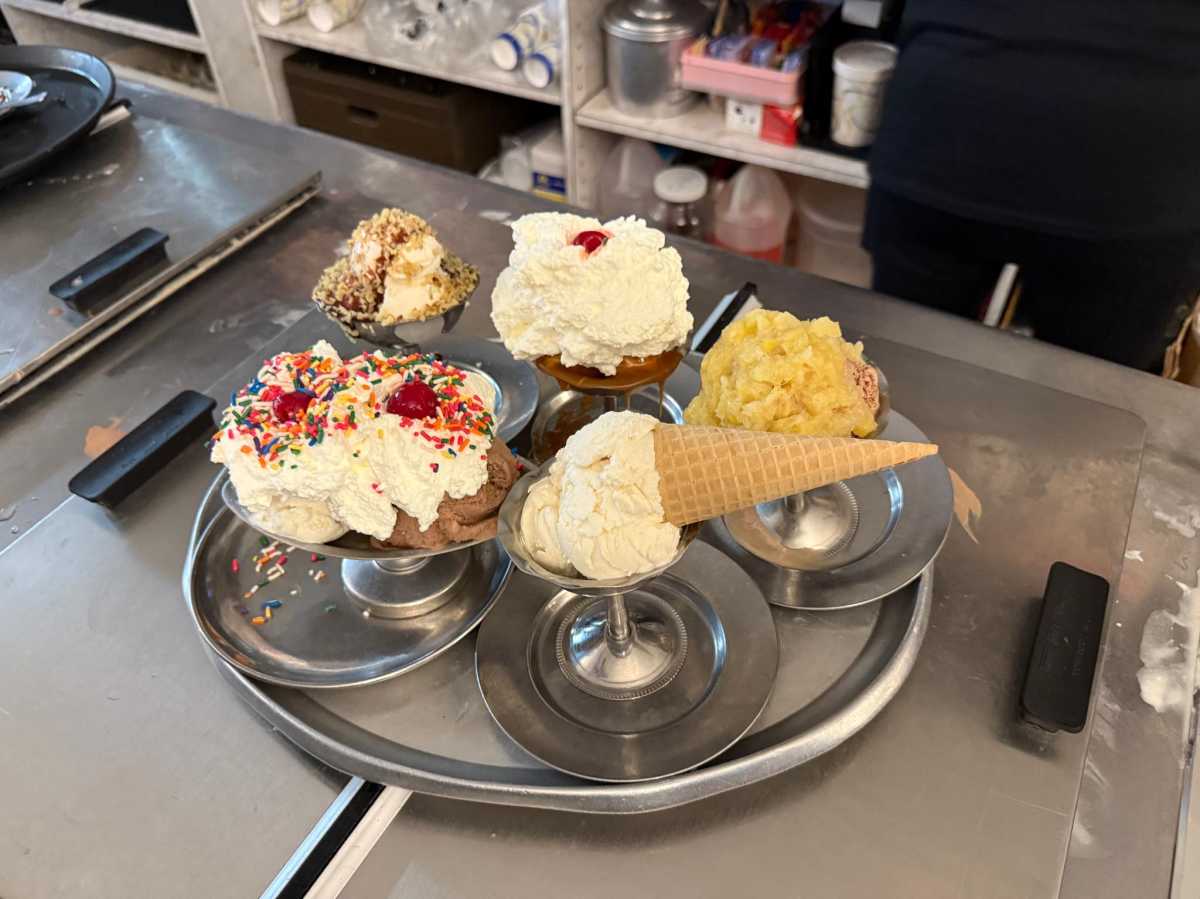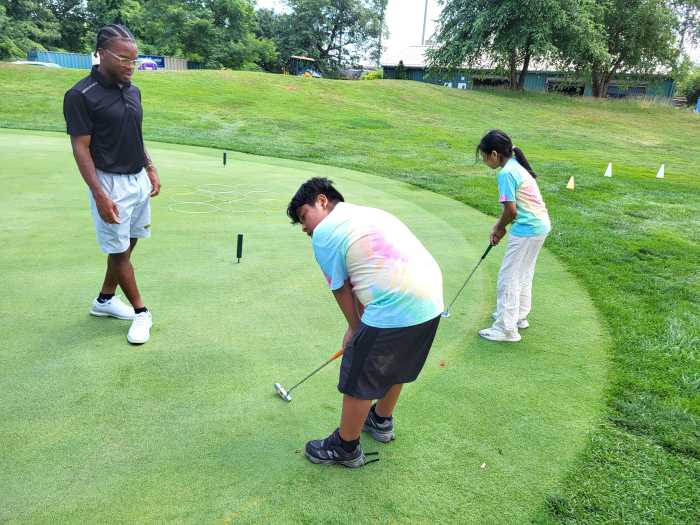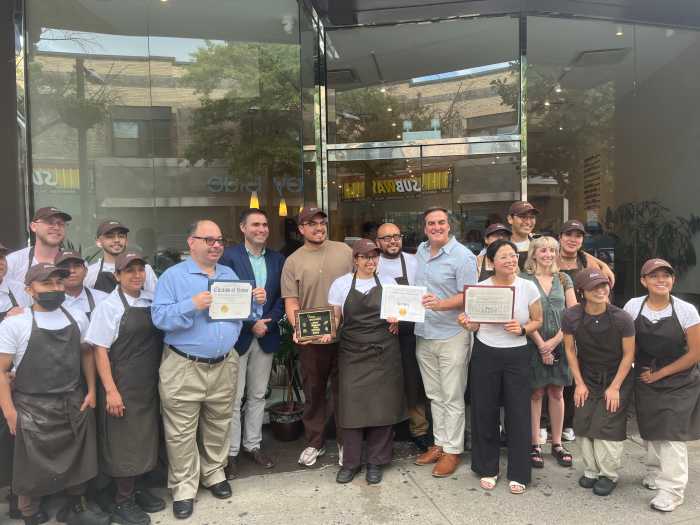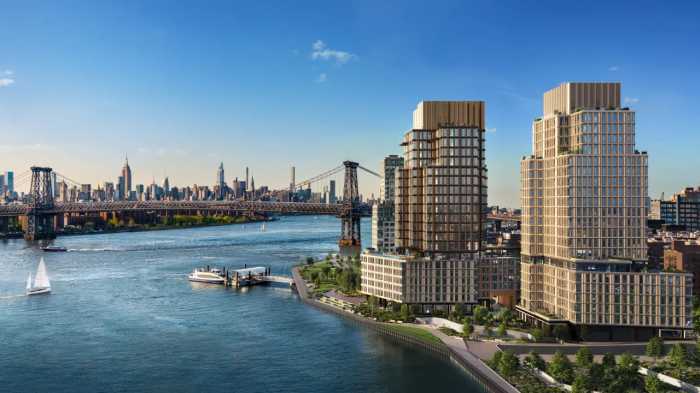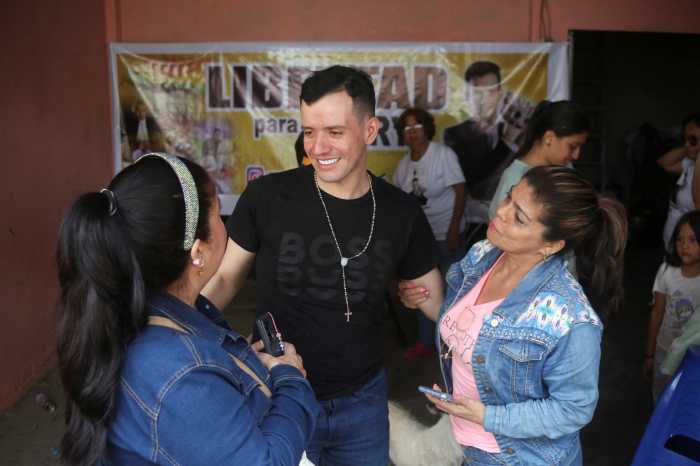By Jefferson Siegel
Photography retrospective by long-time community resident
In the past quarter-century, a dramatic metamorphosis has overtaken the Lower East Side. Walk past the apartment buildings any morning near Tompkins Square Park and there are copies of The Wall Street Journal and The Financial Times lying in doorways. Many newcomers find the images of the 70’s and 80’s as incredulous as the idea of developing the area was back then.
A new photo exhibition is offering a rare, in-depth look at the neighborhood and the people who pioneered the far East Village before designer bars overtook burned-out storefronts. Marlis Momber, a photographer and an early homesteader of the Lower East Side, has mounted an exhibition of photographs, “Loisaida—1976-2003: Herstories” at the Sixth Street Community Center.
Some images in the exhibit are particular standouts. A stern-looking Bimbo Rivas, a community activist and teacher whom she refers to as the Godfather of the Lower East Side, is pictured standing on the roof of El Bohio at 605 East 9th Street, a neighborhood watchman looking at an unobstructed vista of the neighborhood down to the Williamsburg Bridge.
“He was very much involved in preserving the cultural identity of the Puerto Rican community,” Momber explains. He wrote and staged two plays at El Bohio/Charas and had bit parts in movies as well, including the film “Short Eyes.” According to Momber, Rivas and several others coined the term “Loisiada.”
In another image, mayoral candidate David Dinkins joins a crowd of locals under a bus shelter while campaigning in an image titled “99 Degrees In The Shade 1988.” “Demolition Site 1982” shows demolished apartment buildings on Avenue C.
Momber herself is a living archive of information from those turbulent decades. Recently she sat in her East 4th Street apartment, the walls and tables filled with photographs taken throughout her career. A small woman with more energy than the Con Ed plant visible in the distance, she spoke in a lively monologue of all the memories her photos portrayed.
Her journey to Loisiada began as a child in her native Berlin, among the bombed-out rubble of a post-war city. At 21, she moved to Paris to pursue photography (and an Italian journalist she fell in love with).
Two years later, she returned to Germany to apprentice in photography. The unpaid position forced her to sleep under the enlarger in the darkroom and eat leftover food from the studio. Noted German photographer Otti Sacharia taught her the basics, and she honed her vision by studying the paintings of Klee and Kandinsky.
Her upbringing in post-war Berlin presaged a kinship with the Lower East Side of the 60’s and 70’s. “Once you got into West Berlin, it was fields of rubble. There were whole rows of housing missing.” The horror of war left her looking for reasons. “I could not figure it out.” Her next job was at Der Spiegel, then a stint in fashion photography and, in 1966, she emigrated to New York.
Early on she shot fashion photos and was soon doing work for Gucci and Elizabeth Arden and circulating with the city’s cultural elite. “Edward Steichen pinched me in the butt at his (86th) birthday party” at MOMA, she recalled gleefully, almost jumping out of her chair at the memory.
She moved to Sutton Place and got married, but still felt unfulfilled. After traveling to South America, she returned to the city, seperated from her husband and moved into her photo studio. The poverty she had seen while travelling was reflected in the lower Manhattan neighborhood she was becoming familiar with. Soon she was getting involved in the politics of Downtown. “I came back and I saw it, here is the music, here are the people, here are the political murals.” She produced slide shows of life on the Lower East Side. Tyrone, a former Black Panther and later the father of her child, provided protection while she took photos of the dangerous streets.
“Suddenly I was in demand,” as everyone became familiar with her work. “I had produced a film in 1978” for German television, “Viva Loisiada.” Old employers came calling. “In 1980 Der Spiegel published my photographs for the story ‘Arson For Profit’”, about LES buildings burned down by their owners.
In 1980 the couple moved into her current East 4th Street building as homesteaders. “Homesteading was a wonderful thing,” she said. “We were doing everything; anti-drugs, pro-housing, and when I was pregnant, day care.” The neighborhood was still suffering. “There were no services, no buses ran, fire hydrants were all open because they were used by the drug dealers.”
She turned in her chair and pointed to the window, where bright sunshine streamed in. “ One morning, at 3 o’clock in the morning, fire!” A building across the street was burning down. Then, “the wrecking ball came, without due process. That’s when Adopt-A-Building was founded.”
Locals were soon galvinized into action. “We were totally involved. We were on the community planning board, raising hell, getting arrested at rallies. It was all or nothing.” Friends asked how she could stand living in such a tempestuous environment. Her response was always matter-of-fact and focused. “We cleaned up a (vacant) lot every weekend with the kids.”
The community made some progress, but setbacks continued. “Then, AIDS, AIDS, AIDS, came,” she said, moaning at the thought, “so sneakily, like you would not believe.” Everyone from fashion models to neighbors succumbed. “We didn’t know what it was. We thought it was anything, from mono to syphillis. AIDS hit the fashion community and this community equally.” Locals soon understood the cause. “You walked over needles every day. The biggest thing we were afraid of was our kids picking up needles.” Everyone’s spirits waned. “Drugs and AIDS, in that combination, was just unbeatable. You just could not deal with it anymore.”
She paused, gasping at the horrors of that era. “There was one shooting gallery after another. When we homesteaded buildings, the O.D.’s were all over the staircases.”
Through the adversity, she continued taking pictures. “I would walk through the streets and quickly take a shot here and there.” At a time when most locals tried to avoid the dealers and junkies, Momber walked right up to them wearing a hat that read, “You Deal, You Kill”. Somehow, she and her Nikon EL with its 24mm wide-angle lens survived.
Another photo in the exhibit, “No No Drugs 1986” captures the passions of young protesters at an anti-drug rally. The area’s nadir is personalized in “Larry Richards 1984”, depicting her friend Larry Richards in front of his Community Tool Chest storefront at 334 East 4th Street. He would soon become homeless and die.
Does she think the neighborhood is safer now? “From who’s perspective? I still know where to buy drugs. But, it’s safer, definitely. I always advise people to be very careful. I’m careful, but I’m not afraid.” And yet, “We all miss the old neighborhood. There was this community spirit that was beyond anything else I had experienced. And we did make a difference. In my photographs you see that if we hadn’t done what we did, trying to keep housing affordable, there would be nothing left here, nothing affordable, nothing decent.”
A lot has changed, but she’s grateful for the friends and neighbors who persevered. “We still have Adela’s,” she said fondly. “ Adela’s used to be a tiny little one-counter, six stools. She fed the entire neighborhood, and later on, the homesteaders. It’s still there. It was at 58 Avenue C, and now it’s at 66 Avenue C.”
Momber’s next goal is a public art project. She hopes to post photos of the old days throughout the LES to remind newcomers and old-timers alike of the area’s dimming history. She and a friend have incorporated “LEA,” Loisiada Evolutionary Arts, a tax-exempt organization now seeking funding for the project. In the meantime, her photographs will be on exhibit at the Sixth Street Community Center through May. There will also be occasional showings of her documentary film, “Viva Loisiada.”
